Polyvinyl chloride film is made of polyvinyl chloride resin and other modifiers through a calendering process or a blow molding process. The general thickness is 0.08~0.2mm, and anything greater than 0.25mm is called PVC sheet. Functional processing aids such as plasticizers, stabilizers, and lubricants are added to PVC resin and rolled into a film.
PVC Film Classification
Polyvinyl chloride films(PVC Film) can be roughly divided into two categories, one is plasticized PVC film, and the other is unplasticized PVC film.
Among them, hard PVC accounts for about 2/3 of the market, and soft PVC accounts for 1/3. Soft PVC is generally used for floors, ceilings and the surface of leather. However, because soft PVC contains softeners (this is also the difference between soft PVC and hard PVC), it easily becomes brittle and difficult to preserve, so its range of use is limited. Hard PVC does not contain softeners, so it has good flexibility, is easy to shape, not brittle, non-toxic and non-polluting, and has a long storage time, so it has great development and application value. The essence of PVC film is a vacuum plastic-absorbing film, which is used for surface packaging of various types of panels. Therefore, it is also called decorative film and adhesive film. It is used in many industries such as building materials, packaging, medicine, etc. Among them, the building materials industry accounts for the largest proportion, followed by the packaging industry, and several other small-scale application industries.
⑴ Classification according to the raw materials used for film forming: polyethylene film, polypropylene film, polyvinyl chloride film and polyester film, etc.
⑵ Classification by film use: There are agricultural films (agricultural films can be divided into mulch films and greenhouse films according to their specific uses); packaging films (packaging films can be divided into food packaging films and various industrial products according to their specific uses). packaging film, etc.) and breathable films for special environments and special purposes, water-soluble films and films with piezoelectric properties, etc.
⑶ Classified according to the film forming method: there are films that are plasticized by extrusion and then blow molded, which are called blown films; films that are plasticized by extrusion and then cast by molten material from the mold mouth are called cast films. ; The film made of plasticized raw materials rolled by several rollers on the calender is called calendered film.
PVC Film Usage
Generally, the largest amount of tape is used in the electrical field. Depending on its characteristics, it can also be used for protective tape, luggage tape, identification tape, advertising stickers, pipeline tape, etc. It is also widely used in daily life, such as shoes, toys, raincoats, tablecloths, umbrellas, agricultural films, etc.
Ordinary PVC greenhouse film: No anti-aging additives are added during the film making process. The service life is 4 to 6 months. It can produce one season of crops. It is currently being phased out.
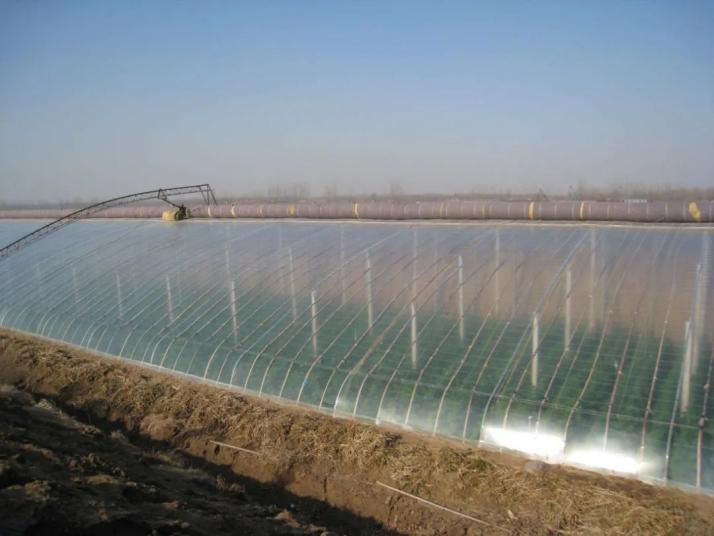
PVC anti-aging film: Anti-aging additives are added to the raw materials and rolled into a film. It has an effective use period of 8 to 10 months and has good light transmittance, heat preservation and weather resistance.
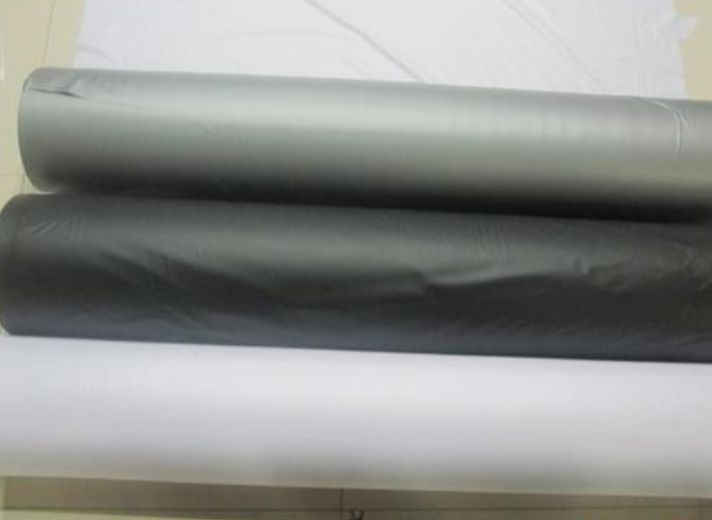
PVC decorative material: It has anti-aging and dripping properties, good light transmittance and thermal insulation. It can maintain no dripping for 4 to 6 months and has a safe service life of 12 to 18 months. It is widely used and is currently the most efficient. Energy-saving solar greenhouses are first covered with materials.
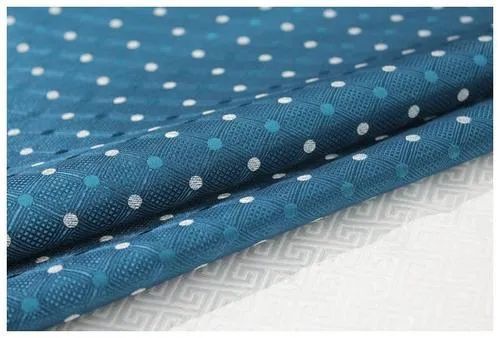
PVC weather-resistant non-drip dust-proof film: In addition to being weather-resistant and drip-proof, the surface of the film has been treated to reduce plasticizer precipitation and less dust absorption, which improves the light transmittance and is more beneficial to winter and spring cultivation in solar greenhouses.
PVC can also be used as mulch film, and a certain amount of color masterbatch can be added to produce shed films of various colors.
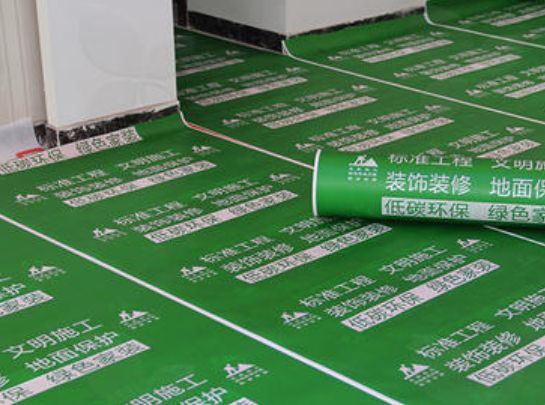
PVC foil: plastic, metal, transparent film, non-paper packaging, plastic packaging, wooden packaging, metal packaging, etc.
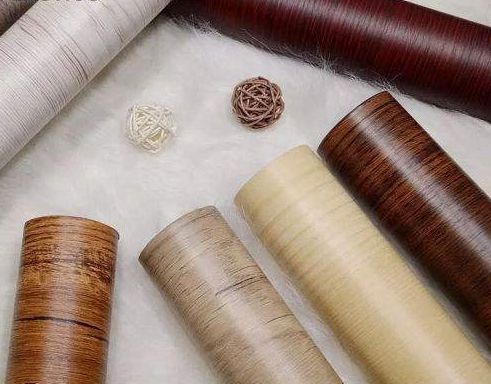
Post time: Jun-17-2024
